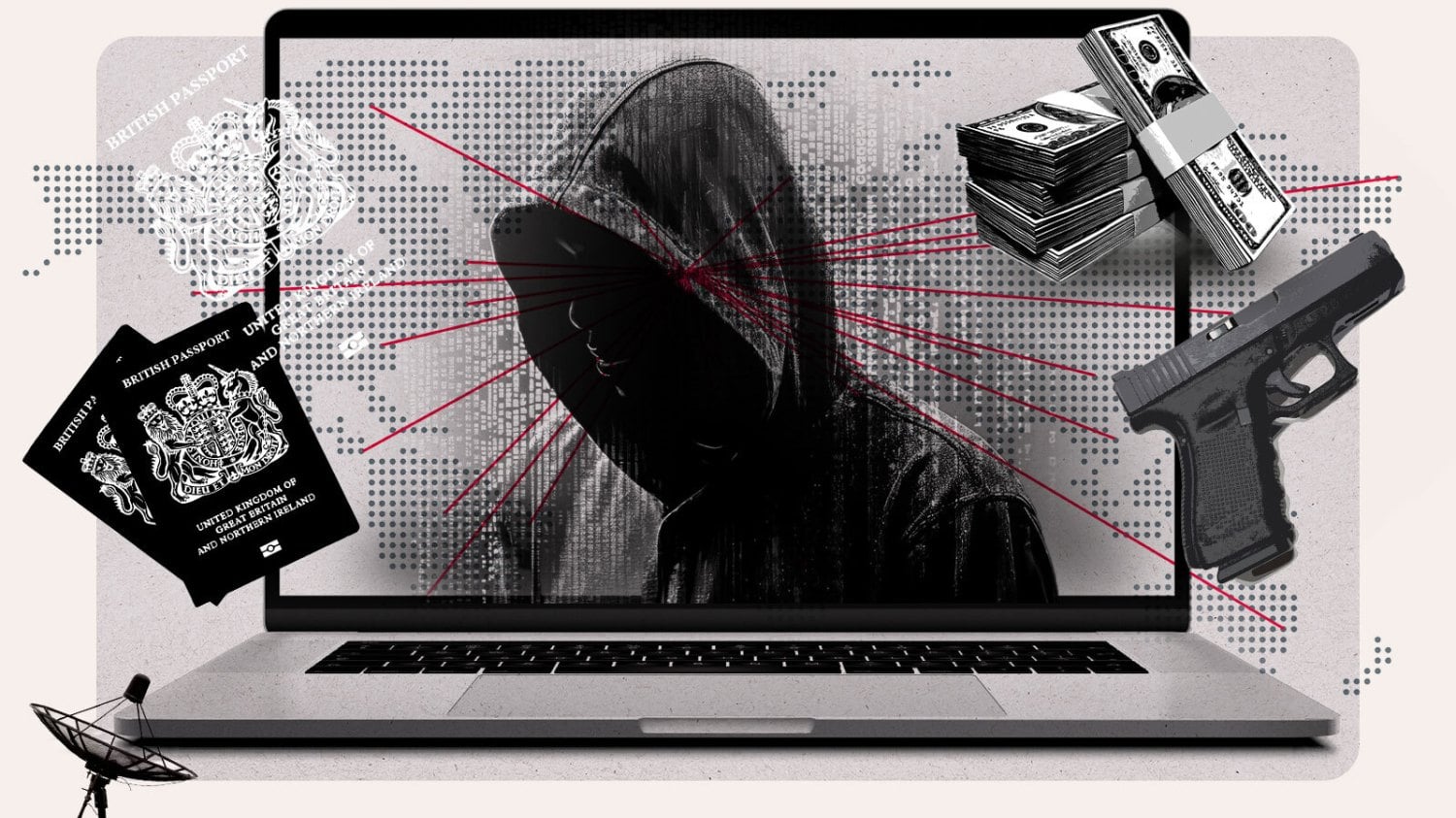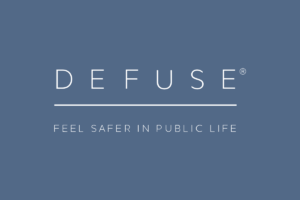It is the combination of the two that is scary!
The Times ran two articles this week on these threats, with the article on the dark web focussing on the ease of access to the Dark Web and the part that played in the appalling murder of Brianna Ghey, it also evidenced it’s the continuing use by criminal networks selling pretty much anything you want but shouldn’t be able to buy!
The discussion on Deepfakes concerned the impact on democratic elections, and with over 2 billion people voting in over 60 national elections in 2024, it is understandable why this is quickly being identified as a global risk.

Deepfake videos have already demonstrated the harm they cause to prominent people, evidenced by the Deepfake sexually explicit video of Taylor Swift recently.

Experts suggest that whilst the quality deepfake videos are becoming more convincing, it is the audio Deepfakes that, are now scarily good.
What is the difference between the internet, and the deep and dark web?
The internet is split roughly into 3 sections. What most of us refer to as ‘the internet’ is referred to as the “Clear Web’. This is indexed by a search engine and accessed by a standard web browser, such as Google. The problem is that according to experts, it only makes up 5% of the internet. About 90% of the internet is called the ‘Deep Web’. Whilst these sites that are not indexed by search engines, they may be accessed by a standard browser and web link. Medical databases, financial records and academic journals can all be accessed via the Deep Web. The final 5% of the internet is the Dark Web.
The ‘Dark Web’ can’t be searched using traditional engines and can be accessed only with a special browser.
Our PII (Personal Identification Information) is acquired by data brokers, hackers and criminals and sold on the Dark Web and then used to create fake identification, commit fraud, enable cyber security systems to be bi-passed and generate fake profiles.
The vast majority of our PII is stolen from global companies that we share our information with, not directly from us.
When you combine the PII information available via the Dark Web and then use that in collaboration with the audio Deepfake, opportunities arise.
Threat scenario
Imagine the scenario when tasked with managing the affairs of an UHNWI, Private Family Office or global celebrity. You receive a phone call from them, perhaps a message left on the answering machine, telling you that they are going to be unobtainable for the next hour, but need you to transfer funds on an urgent matter immediately.
The Deepfake voice sounds perfect, the financial details provided are accurate, perhaps confirmed by an email. What do you do?
The solution.
One solution is to invest in constant monitoring, deleting all PII data that is available on a continuous basis. This ensures that emails, passwords, financial details and other personal details are removed.
Defuse’s tailored monitoring for social media, Dark Web forums, illicit marketplaces, and closed criminal communities prevent threats actors from finding and targeting clients with fraud, social engineering, and physical attacks.
For further information on Defuse’s 360 Monitoring email us at [email protected].



